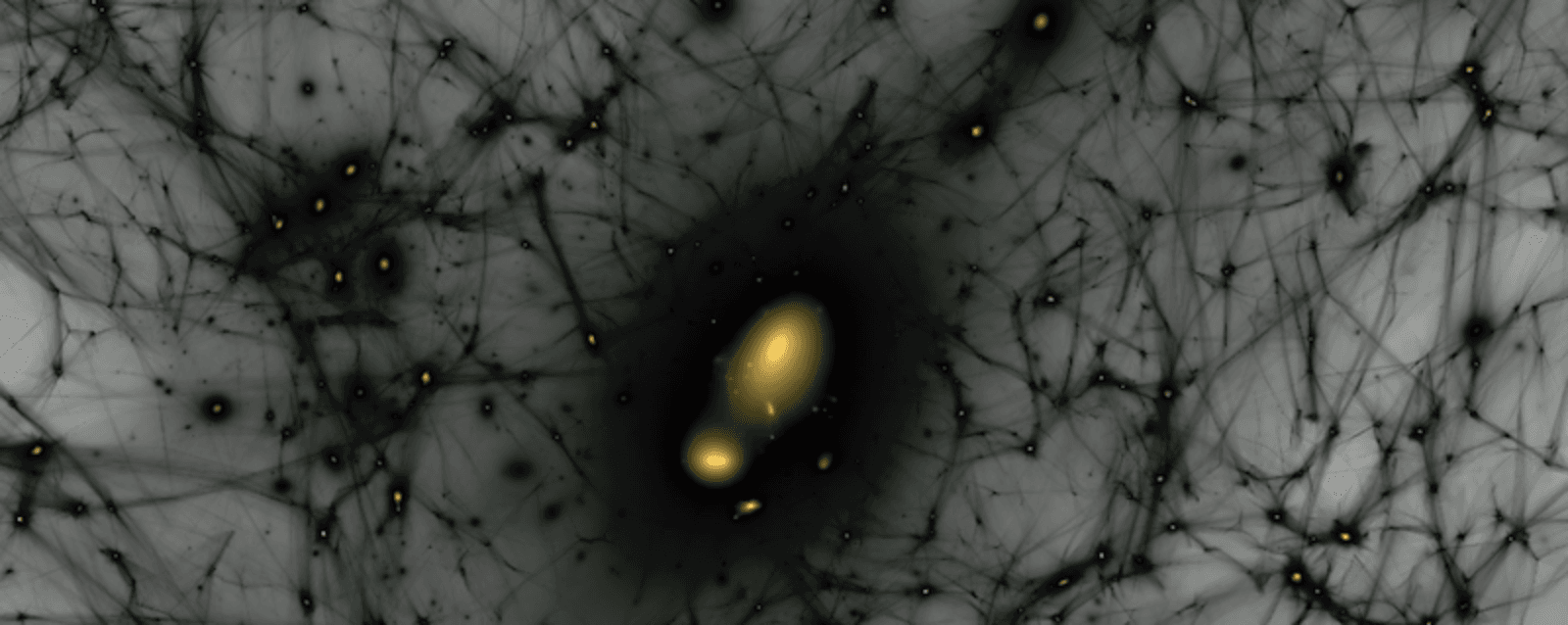For Astrophysics, Uncertainty is an Ally
by Adam Hadhazy
A feature, not a bug, of scientific fields including astrophysics is that their "answers" are subject to change. Wait, what?

The Author
The Researcher
With science, nothing is set in stone. While that characterization could be construed as undermining the entire enterprise, it is in fact one of science's most important elements. In the face of new evidence, any finding in science—no matter how rock-solid and oft-repeated—is subject to revision, refinement, or even abandonment. It is this ability of science to correct itself, to get nearer to truth, that ultimately enables progress. Sometimes that correction is really more of an addition or an expansion. At other times, though, moving forward can mean something cherished, dependable, and perhaps even long regarded as a milestone must fall away. Now, over this past month, no astonishing new pillars of astrophysics were erected, nor were any venerable old pillars razed. But new evidence was certainly afoot. For instance, new evidence has put a landmark observation of an exoplanet into flux, as well as suggested that our increasingly well-established notions about our galaxy's nearest galactic neighbors have not gone far enough in capturing what is actually out there. The state of knowledge changes in this way, bit by bit. And understanding grows. Better to write in pencil, then, than to chisel stubbornly.
And around and around the galaxies go—around each other
Our Milky Way Galaxy is known to have at least five dozen smaller satellite galaxies in motion about it. New observations with the Dark Energy Survey are now suggesting that not only are there probably a good 150 more satellite galaxies yet to be discovered, but that these satellite galaxies have smaller, satellite galaxies of their own. If so, as future observations should attest, current theories of dark matter—an invisible substance that acts like a gravitational glue for cosmic structure—would find fresh support. Researchers at the Kavli Institute for Particle Astrophysics and Cosmology (KIPAC) and the Kavli Institute for Cosmological Physics (KICP) led the study.
Seeking observational evidence for the births of supermassive black holes
Scientists working on Belle II experiment, which includes researchers from the Kavli Institute for the Physics and Mathematics of the Universe (KIPMU), have reported their first results. Belle II, a detector attached to a particle accelerator in Japan, has been on the hunt for a hypothetical particle called a Z' boson. The particle would act as a bridge between dark matter—thought to constitute 85% of matter in the universe—and the everyday matter with which we're familiar. The particle did not turn up in this first set of data, but the hunt is far from over.
An exoplanet, a giant debris cloud, or something else? The Fomalhaut b mystery
Although astronomers have discovered 4100+ exoplanets to date, only around four dozen of these alien worlds have ever been "directly" seen, meaning light from them has been registered by a telescope. One of the apparent first, dubbed Fomalhaut b and which was directly imaged first in 2004, is now in doubt. Subsequent observations have failed to detect the world. A leading theory is that the smidge of brightness—as best as our telescopes can do now for distant worlds—was actually from an expanding dust cloud spawned by an asteroid collision that has since dissipated. Bruce Macintosh, an astronomer at the Kavli Institute for Particle Astrophysics and Cosmology (KIPAC) who works on exoplanet direct imaging, spoke to The New York Times about the mystery, noting the object could actually be none of the above and instead be an as-yet-undescribed phenomenon.
Light that just barely avoids capture by a black hole can reflect away
James Steiner of the Massachusetts Institute of Technology's Kavli Institute for Astrophysics and Space Research (MKI) contributed to a study showing for the first time that black holes can bend light back toward themselves that then reflects back out into space. Black holes get their famous moniker from their overpowering gravity, which prevents light's escape. Light passing near, but not too near to the black hole struggles to escape these clutches. In the process, this light can end up bouncing off the disk of material falling into the black hole, and eventually all the way to our telescopes. The finding bears out a prediction made by researchers in the 1970s.
Happy anniversary to a discoverer of worlds
TESS—the Transiting Exoplanet Survey Satellite—celebrated its second anniversary of planet-hunting this past month. The mission, for which MKI has played a leading role, has so far discovered 45 new alien worlds using the transit technique, which indirectly detects exoplanets when they cross their star's face, causing a slight dimming of the star's light output. TESS has also recorded nearly 600 candidate planets that have less than four times Earth's radius, and which are of great interest to astronomers investigating a category of intriguing worlds smaller than Neptune, but bigger than Earth, that are not found in our solar system.
